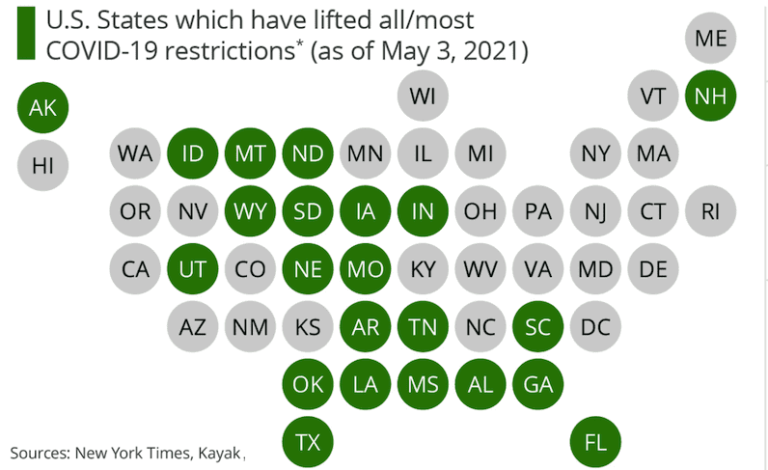
There are many benefits to going direct to consumers including brand differentiation and control over pricing, ability to deliver better customer experiences and personalisation, innovation that is based on real-time customer insights and feedback, along with the potential for increasing lifetime value and profitability. New tools and technology are making it easier to launch a business, but it is also about getting and staying close to customers with direct access to their data and a big focus on customer experience and, increasingly, community.
The Covid-19 pandemic and the acceleration of ecommerce saw many companies launch or accelerate plans for D2C offerings to fulfil short-term consumer needs. Direct-to-consumer ecommerce (D2C) sales in the US alone are expected to reach 1.20 billion in 2022, an increase of 16.9% on 2021, and there is a similar trend throughout Europe.
Implementing a Customer Experience (CX) Strategy Best Practice Guide Quick Guide to Ecommerce
Nike has seen considerable success from going direct and credits brand strength, product innovation and scale. With direct sales increasing 28% to .7bn (£3.4bn) and Nike Digital now accounting for 21% of total revenue, the brand has set out its aim be a 40% digital business by 2025. Following their review of leading D2C companies, McKinsey found that factors determining success or failure can be focused around three core areas: top leadership committing to its prioritisation, customer-centricity, and attracting and retaining digital talent.
The Covid-19 pandemic has shown that having a D2C channel provides additional flexibility, with the prediction that the shift to online shopping is here to stay. FMCG giant Unilever illustrated the importance of this channel by dedicating one of its strategic pillars for growth in 2021 to its D2C operation and is already seeing strong growth, with ecommerce now accounting for 12% of its business.
D2C requires new skillsets in order to support scaling customer experiences that are supported with online customer service, and then being able to use first-party data to personalise and deliver seamless experiences.
The pandemic has also shown the B2B world how embracing D2C can be a lucrative model and many manufacturers are seeing it as a way to future-proof their B2B business. A December 2020 report from Barclays Corporate Banking forecast that D2C sales were worth £96bn for UK manufacturing in 2020 and are set to grow to £120bn in 2023. Almost three fifths (57%) of those surveyed said they now frequently go direct to manufacturers because they believe they will get a better price (36%) and better service (23%).
There is also a recognition that there is a need to focus on the proposition rather than compete with retailers. D2C brands should look to not only differentiate themselves, but understand their customers and then deliver value along the entire purchase journey, from when customers first encounter them right through into the post-purchase relationship.
For many FMCG companies the ability to build direct relationships with their customers, gather knowledge about their behaviour and in particular, have ownership of the data have been key drivers behind their D2C models. For instance, Jean-Philippe Nier, Heinz’s Head of Ecommerce, told Econsultancy that their D2C offering ‘Heinz to Home’, originally intended as a stop-gap to provide cupboard essentials, has evolved into a longer-term strategy with a long-term vision about data and insight.
However, creating a competitive D2C offering may require a significant overhaul and requires a viable business model. Many of those leading the way with D2C models can be seen to be making it a core part of their business. A report from McKinsey and the World Federation Sporting Goods Industry recommends that in the medium- to long-term, brands in this sector that want to thrive will need to aim for a 20% D2C business or higher. They suggest at that point brands then begin to see a virtuous cycle from D2C sales and higher margins, rather than the “vicious cycle” that comes with less scale of the channel.
Customers have become accustomed to the levels of personalisation they are being offered through D2C channels and will keep coming back to brands that can provide it whilst demonstrating a unique value proposition.
More than two in five Americans (43%) are familiar with D2C brands, and of those, seven in 10 (69%) have made at least one purchase from a D2C brand in the past year, according to Diffusion PR’s Direct-to-Consumer Purchase Intent Index.
As well as brands selling direct through their own websites and marketplaces, many are exploring options such as livestreaming or developing partnerships via social platforms in order to connect with their consumers and grow their digital business. Looking ahead over the next 12 months a survey of CMOs in the UK highlighted that 47% of respondents said D2C channels would offer them greater control over how their brand is portrayed, while 43% said they are excited about the valuable first-party data that D2C will offer.






